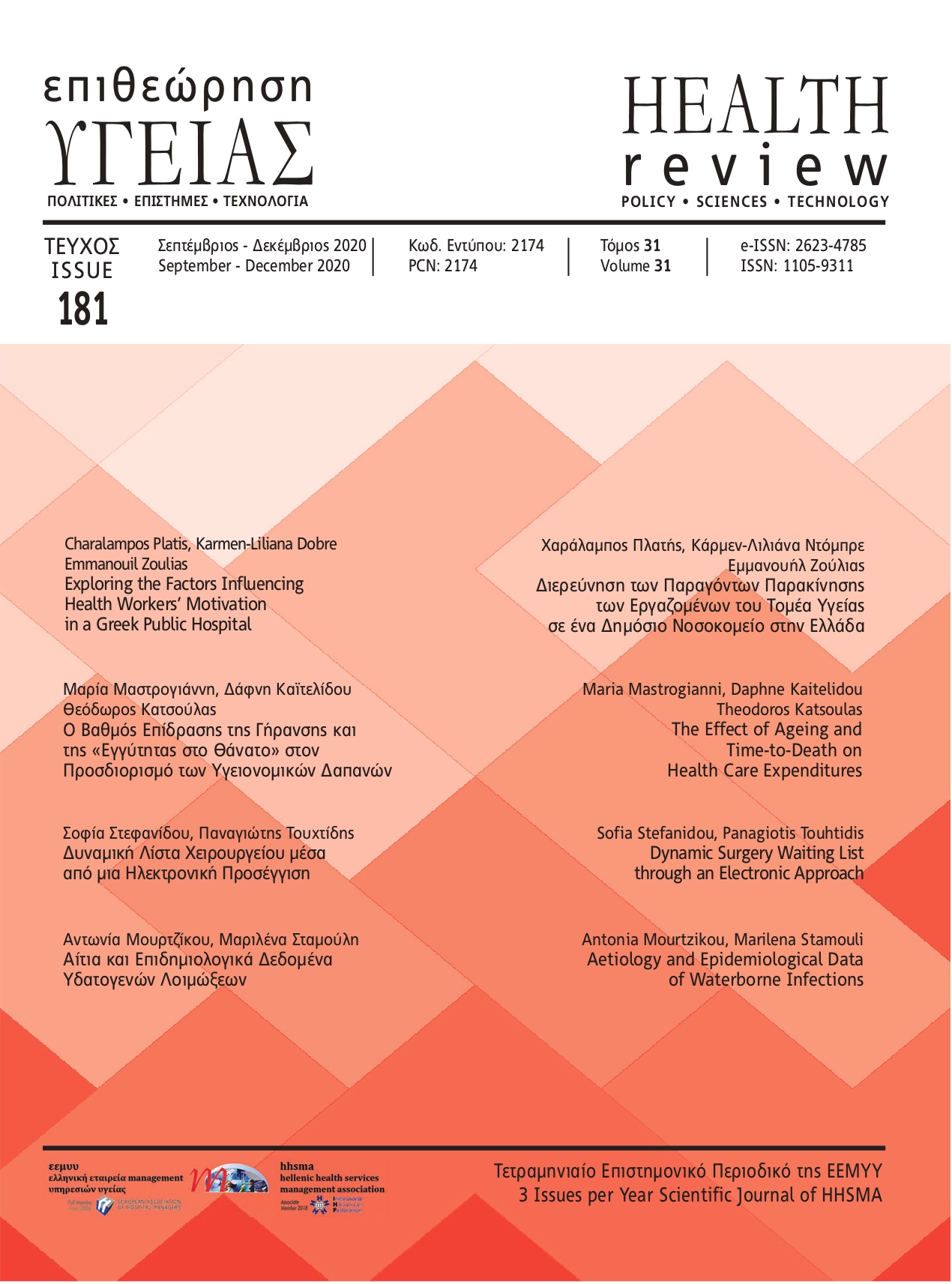Abstract
Waterborne infections are caused due to pathogenic microorganisms, mainly by bacteria, parasites and viruses. As an epidemiological criterion, we evaluate the presence in two or more individuals with similar symptoms after consumption of potable water or exposure to water that is used for relaxation purposes. Most waterborne epidemies (outbreaks) caused by microorganisms show a seasonal distribution, with a higher incidence in summer.
Worldwide, the observed increase in waterborne infections has been attributed to factors such as overcrowding and urbanization, mass displacement of societies, aging of the population, increase of immunosuppressed individuals, changes in life style, as well as the climate changes. Moreover, reasons are the aging water-distribution, wastewater, and sanitation systems, and evidently the improvement of methods in recording and laboratory detection of waterborne pathogens. The effort that has taken place over the past years for more thorough laboratory testing of clinical and environmental samples taken in the framework of epidemies should be go on with undeniable interest.
